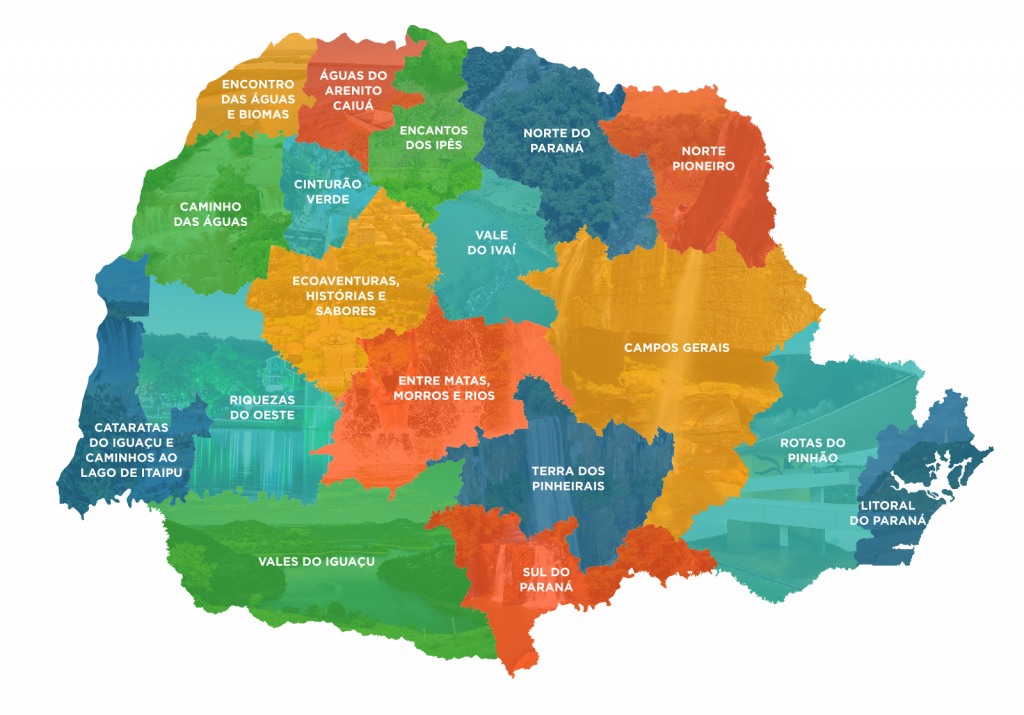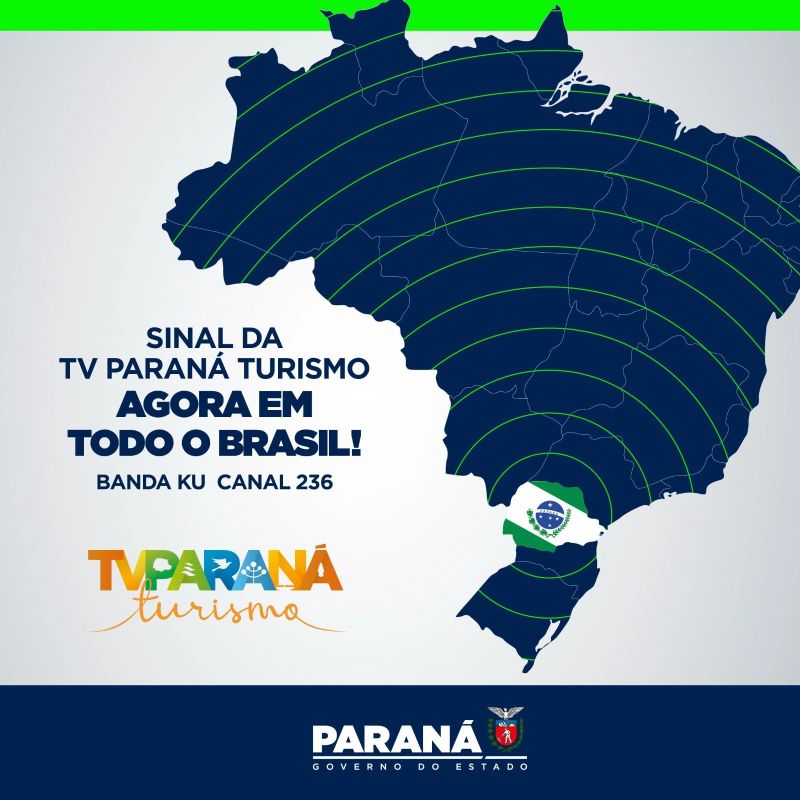Tourism
Strategic Sector for Job and Income Generation
124.497 Pessoas Empregadas 124,497 Employed People
42.134 Estabelecimentos 42,134 Establishments
Largest Air Network in Brazil
37 Airports – 2 of which are International: Foz do Iguaçu International Airport and Afonso Pena International Airport, ranked the 4th best airport in the world for passenger experience, according to the 2022 AirHelp Score ranking.
Paraná has favorable climatic conditions and competitive characteristics, such as logistical infrastructure, proximity to the main consumer centers, presence of research centers and universities, as well as important industrial hubs.
A Sector in Constant Development
Tourism grew by 7.2% in Paraná over 2024 compared to the same period in 2023. This result is double the national average of 3.5%.
3rd Best State for International Tourist Arrivals
Paraná was the third most popular entry point for foreign tourists in Brazil in 2024, with 894,000 visitors, behind only São Paulo (2.2 million) and Rio de Janeiro (1.5 million).
Chosen as a destination by more than 894 thousand foreign tourists in 2024
FOZ DO IGUAÇU: 3rd Most Visited Destination in Brazil
The Iguaçu National Park was the third most popular national destination for international tourist arrivals in 2024.
CURITIBA: 3rd Best Destination for Business in Brazil
According to data from the Omnibees platform (2024)
Tourist flow of 10 million visitors in Curitiba in 2024
Of these, 33.3% visited the city for leisure, and more than 24% were mainly motivated by business, professional activities, and events.
According to data from the 2024 Tourism Demand Survey, conducted by the Municipal Tourism Institute



